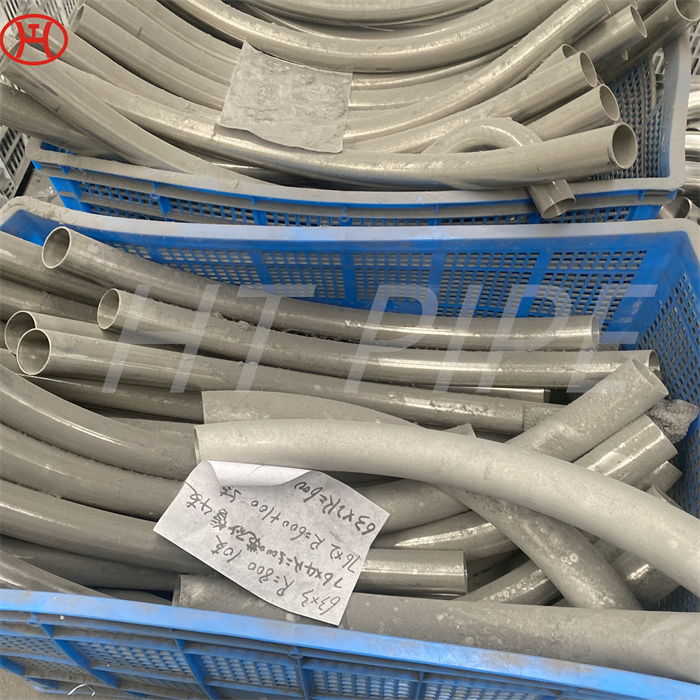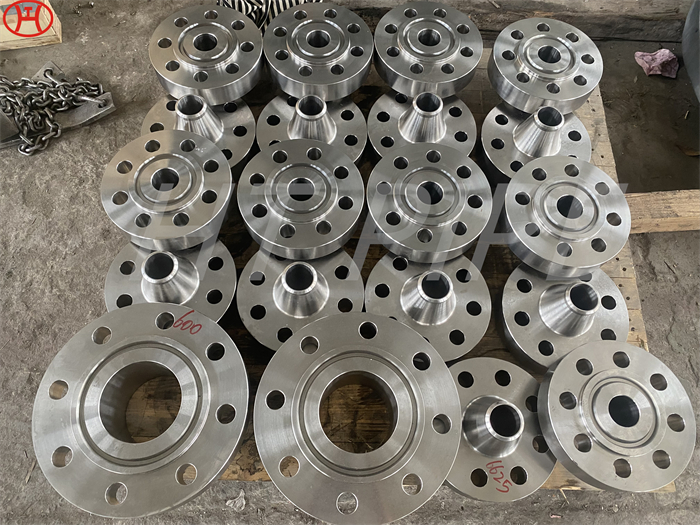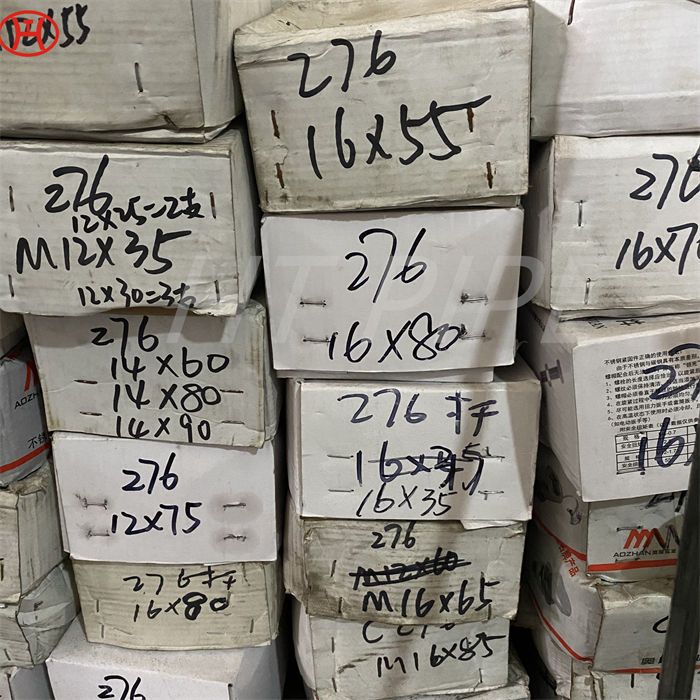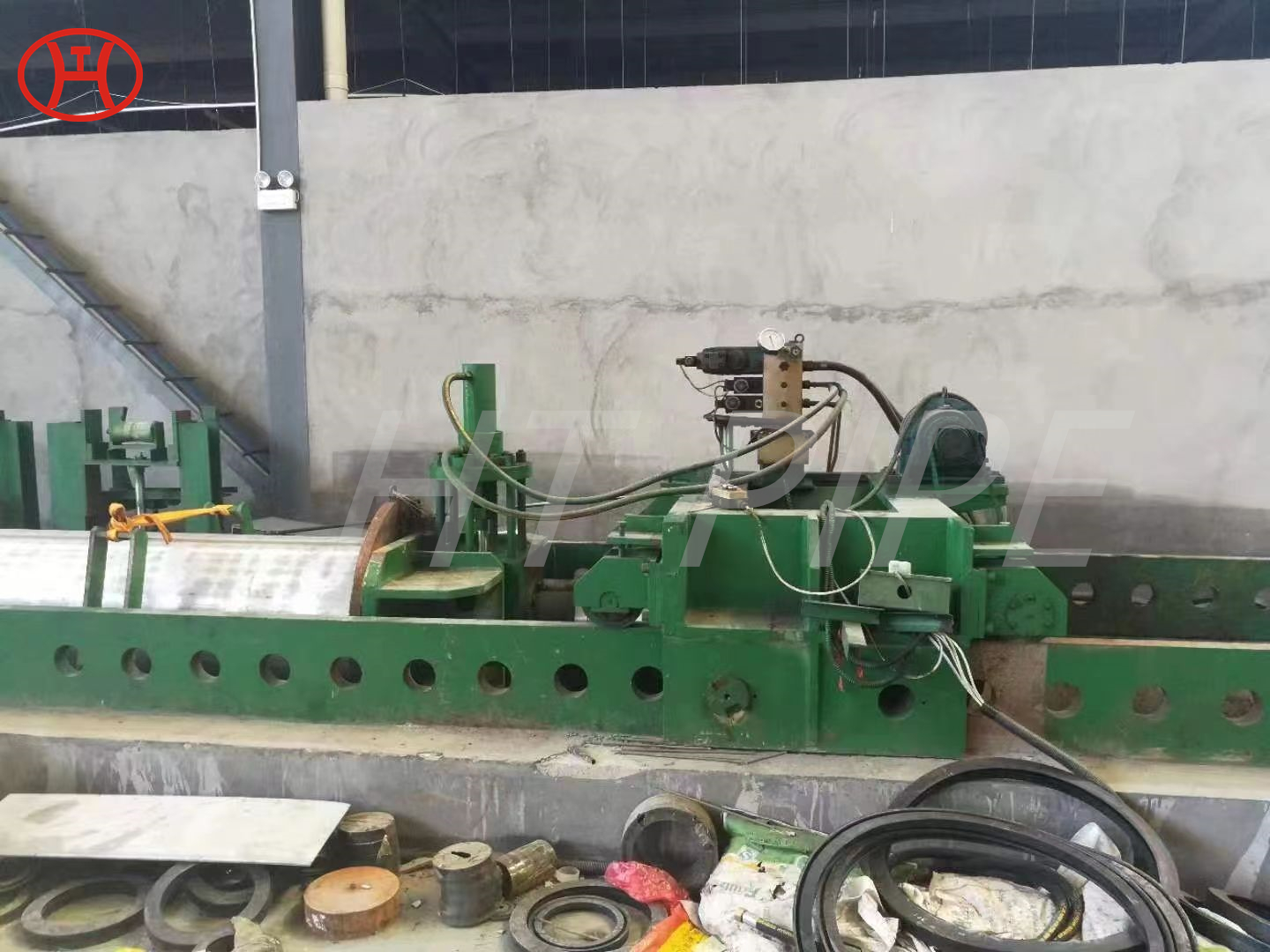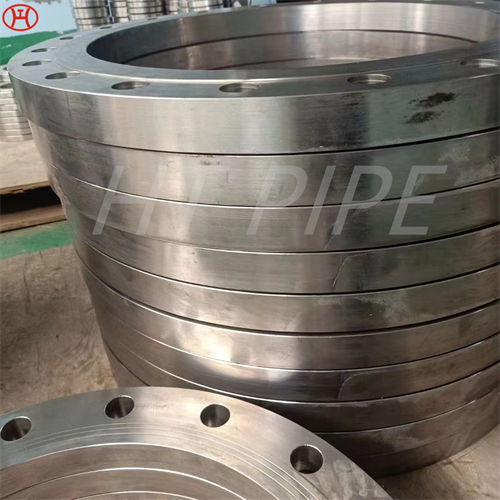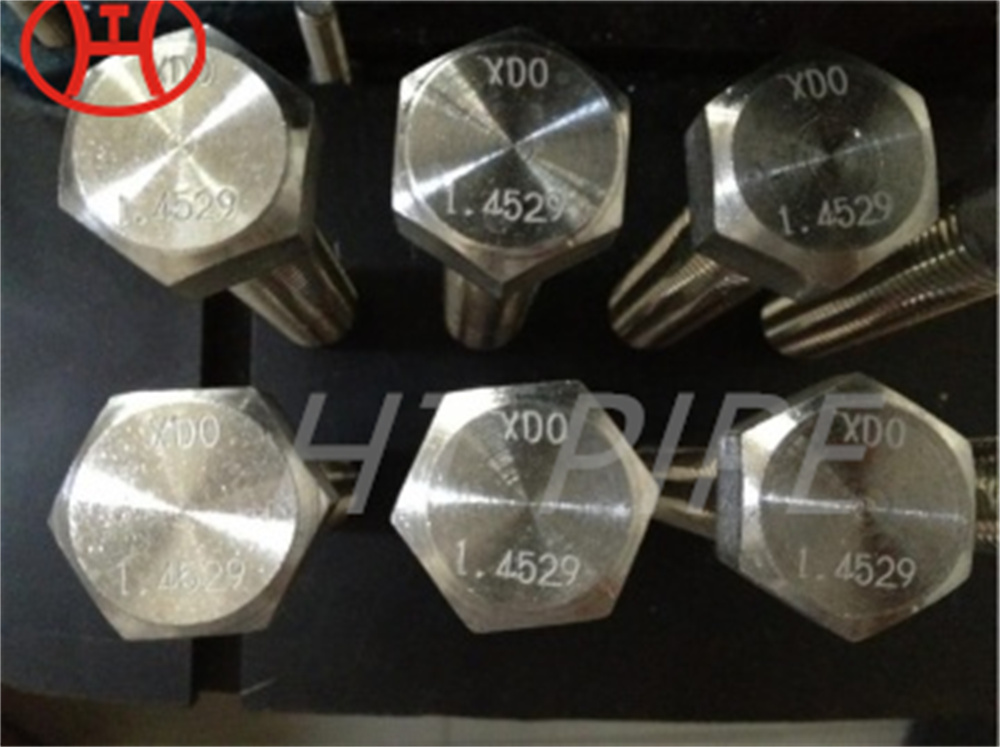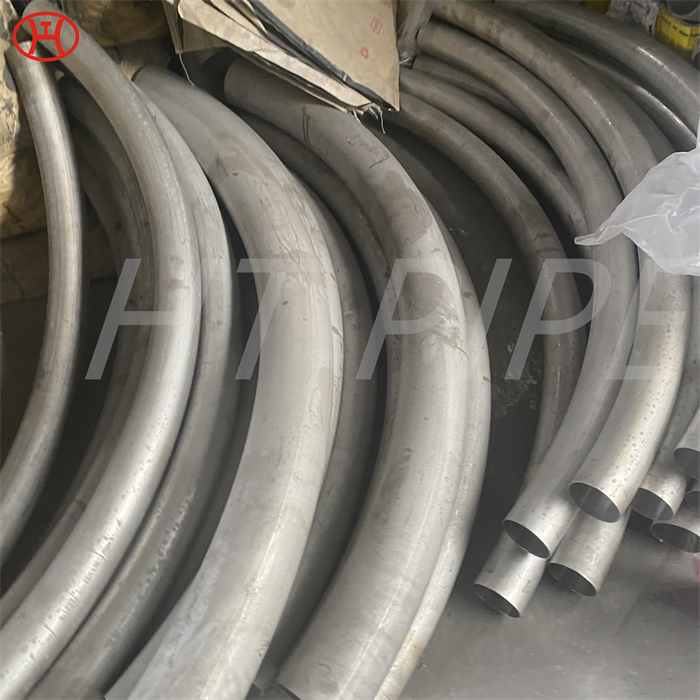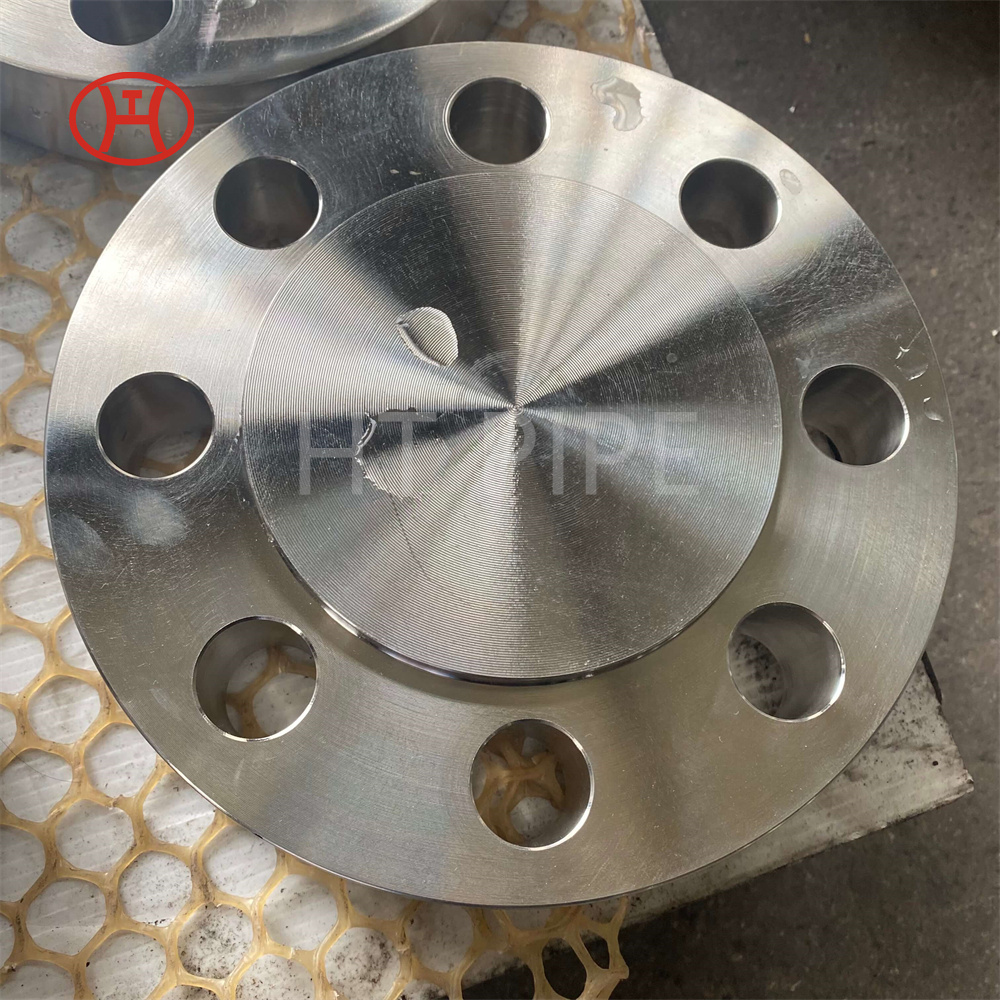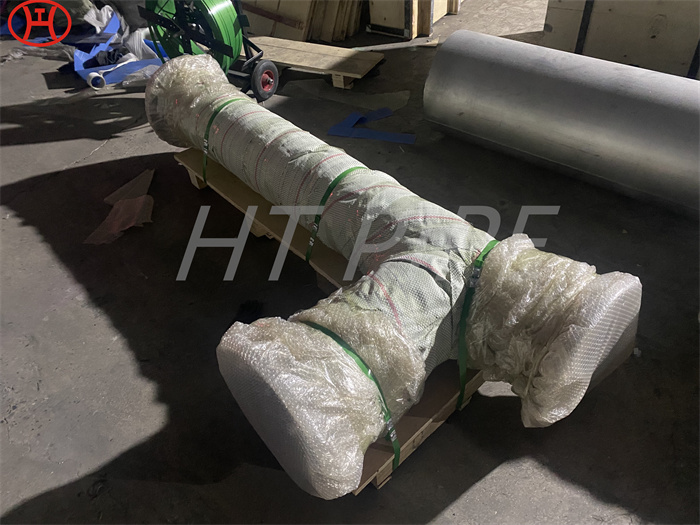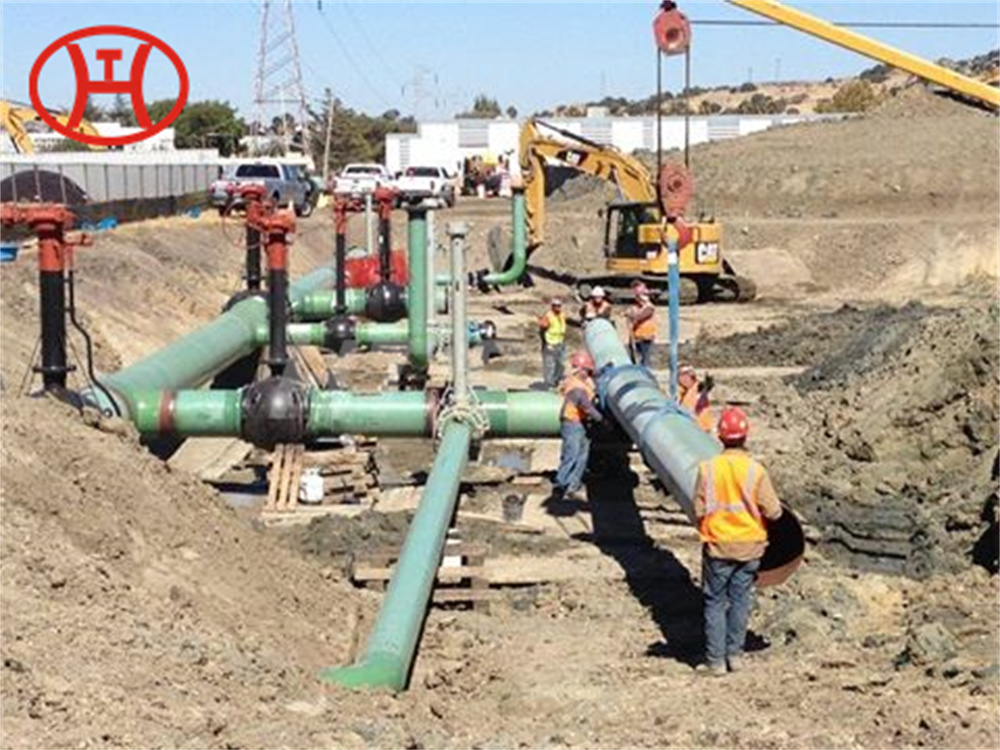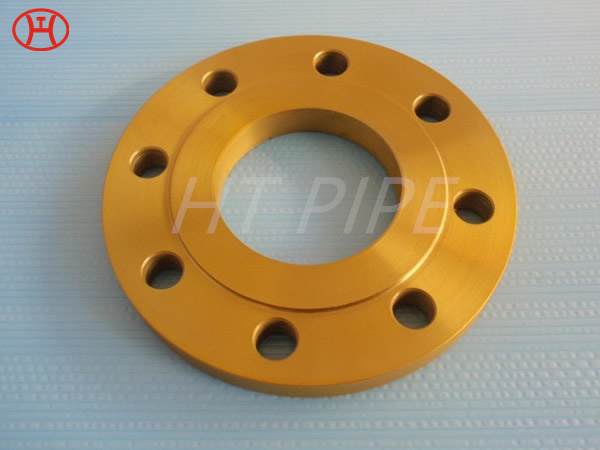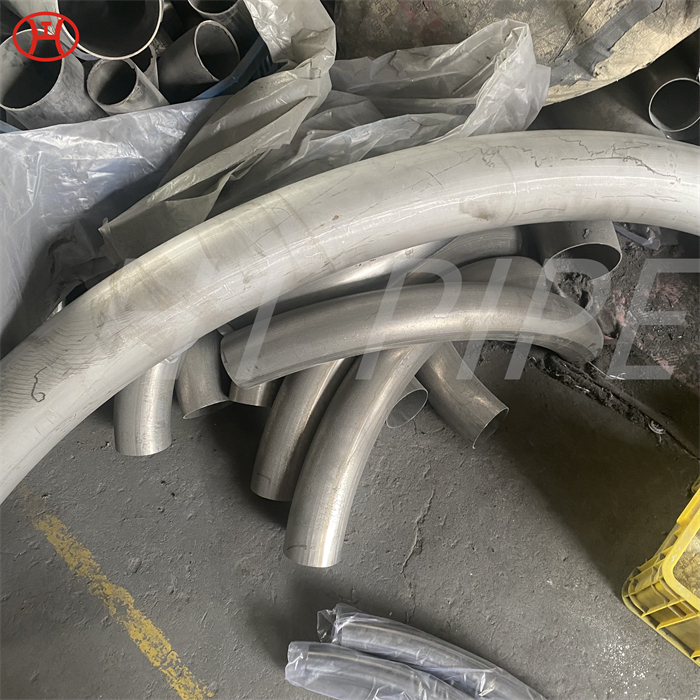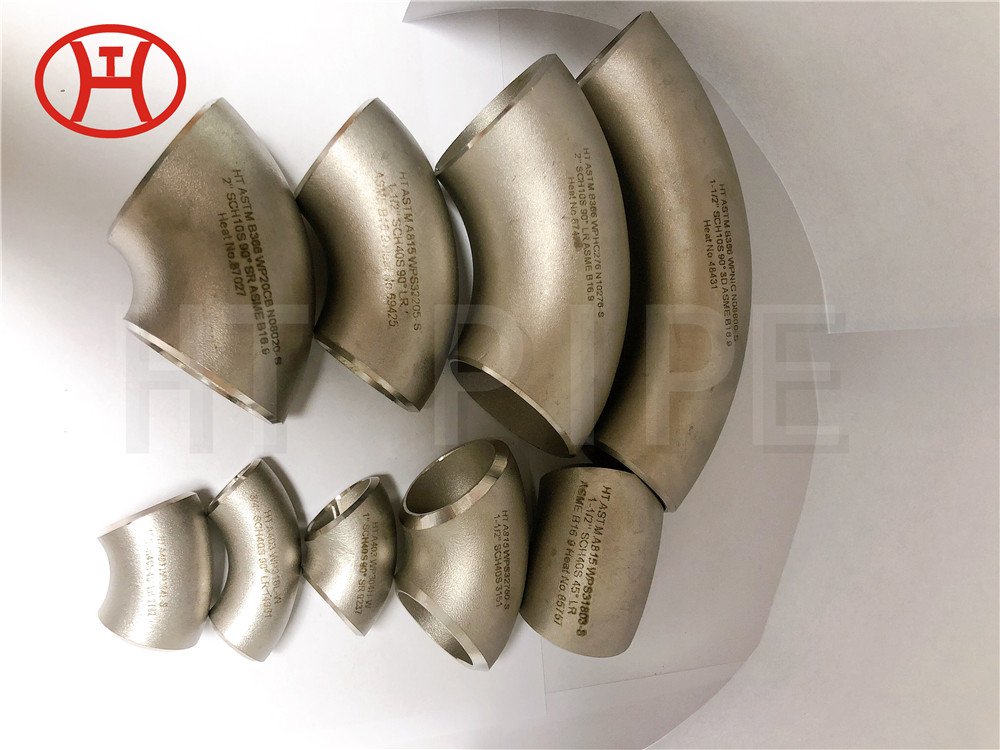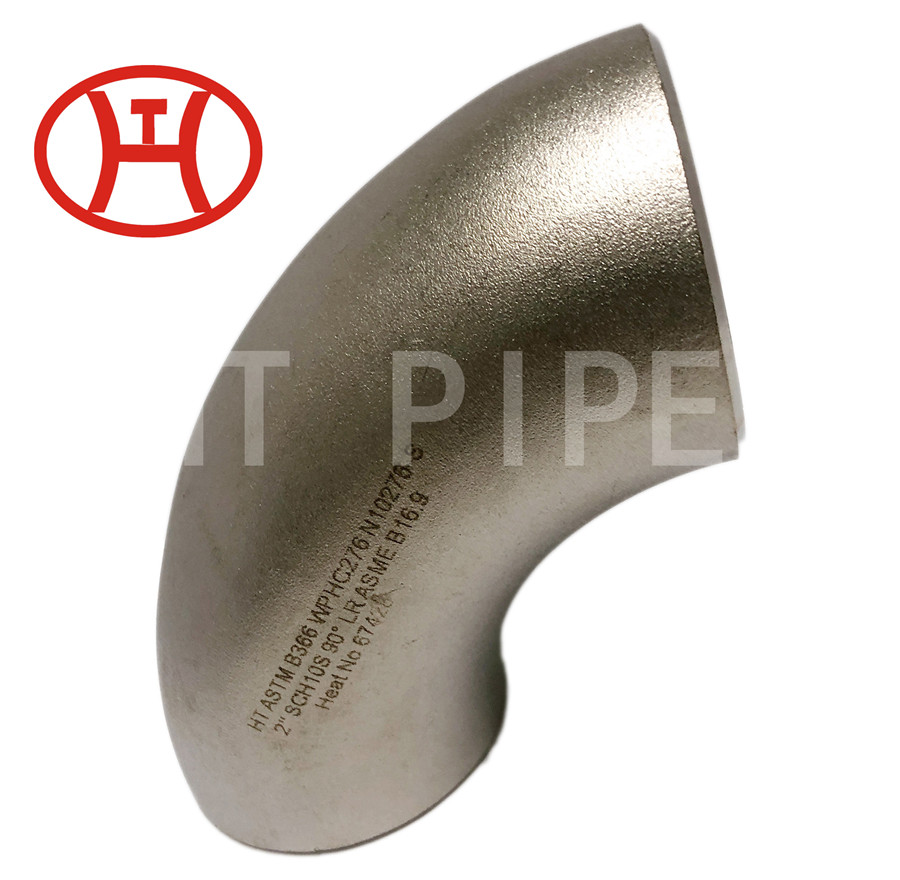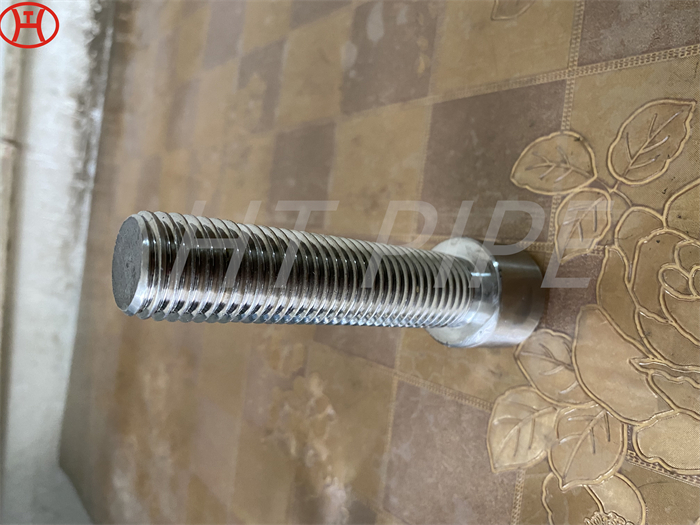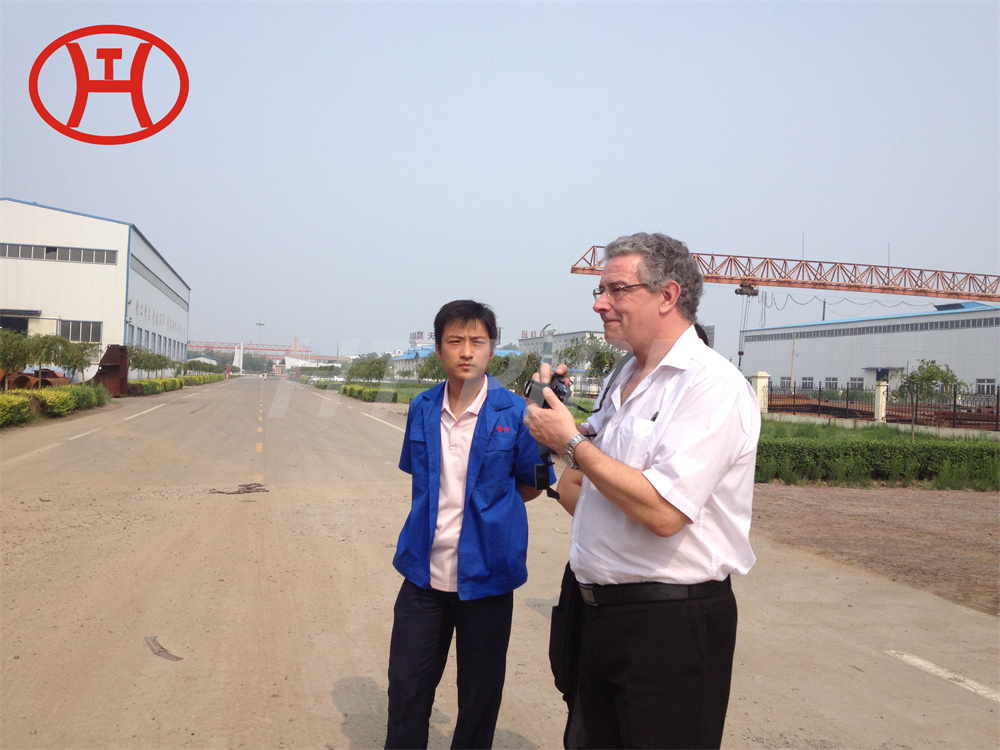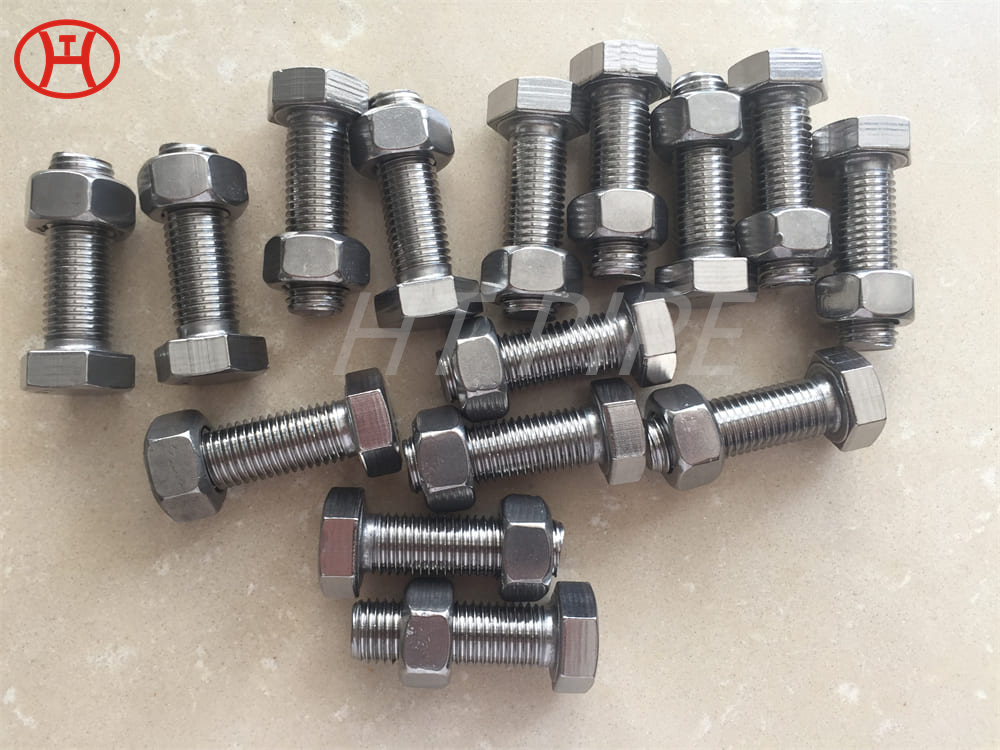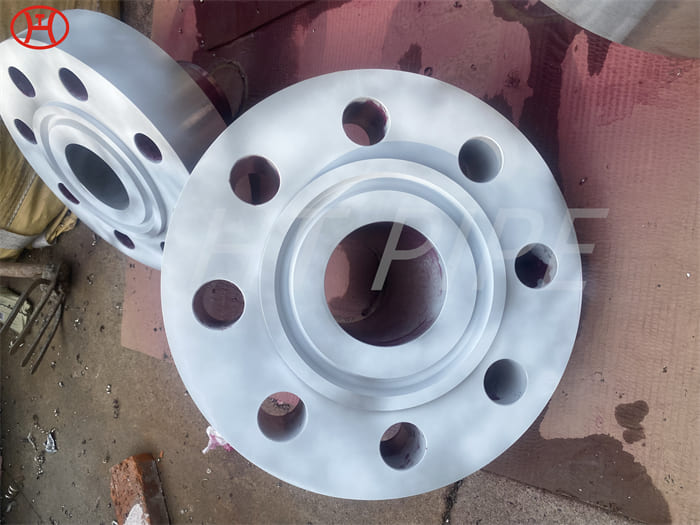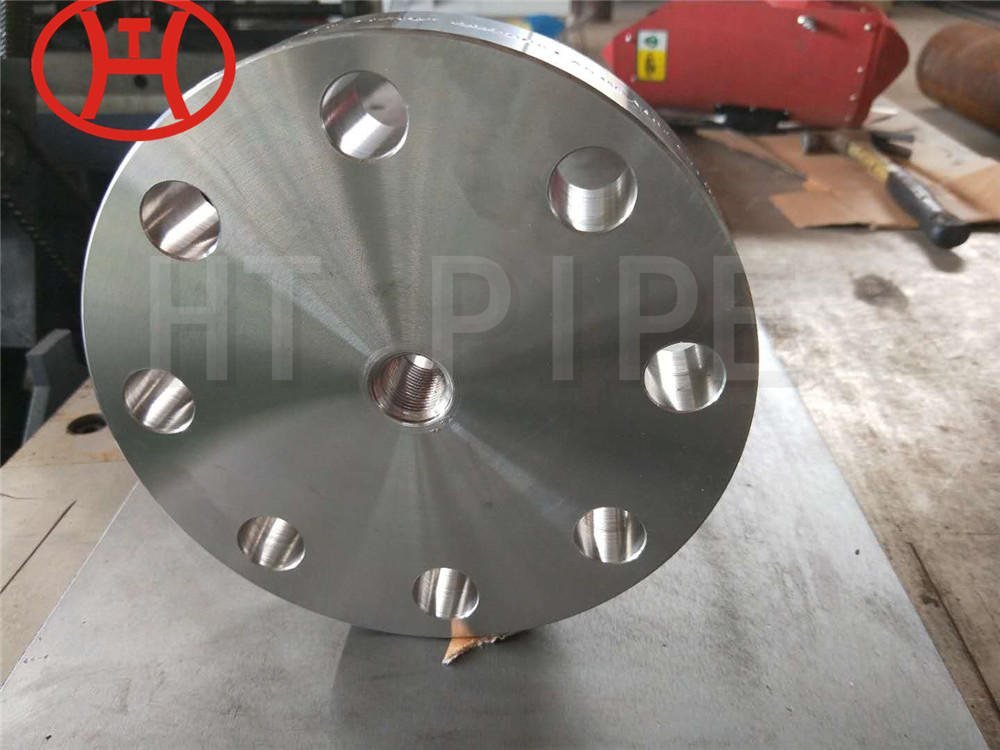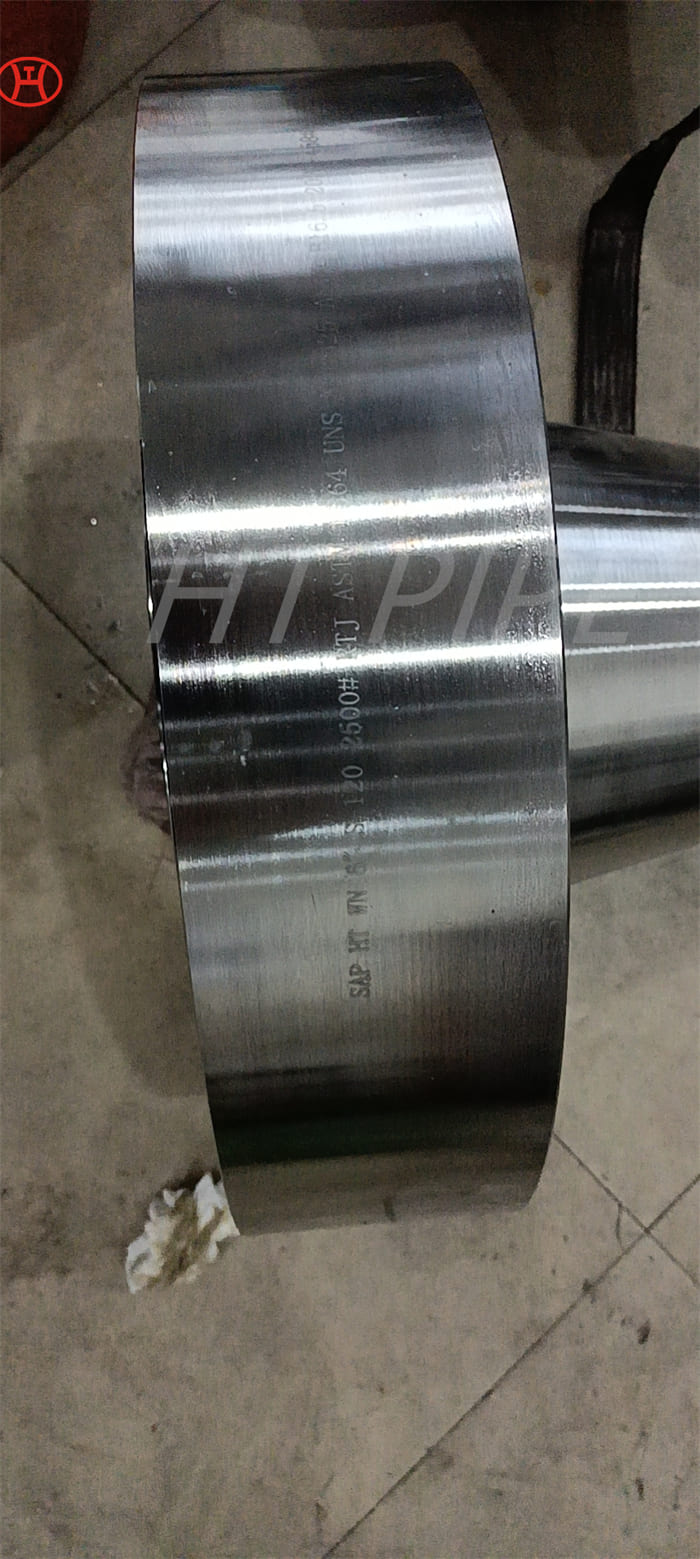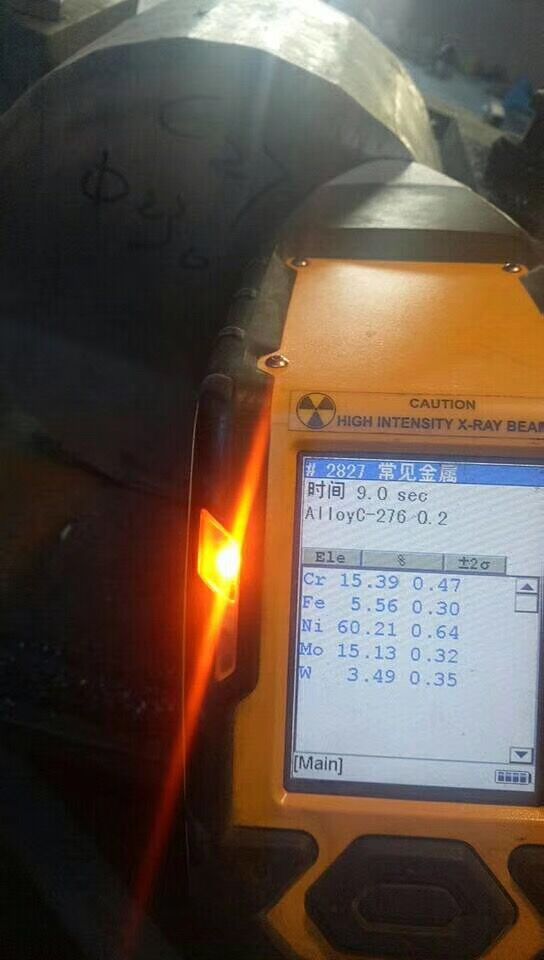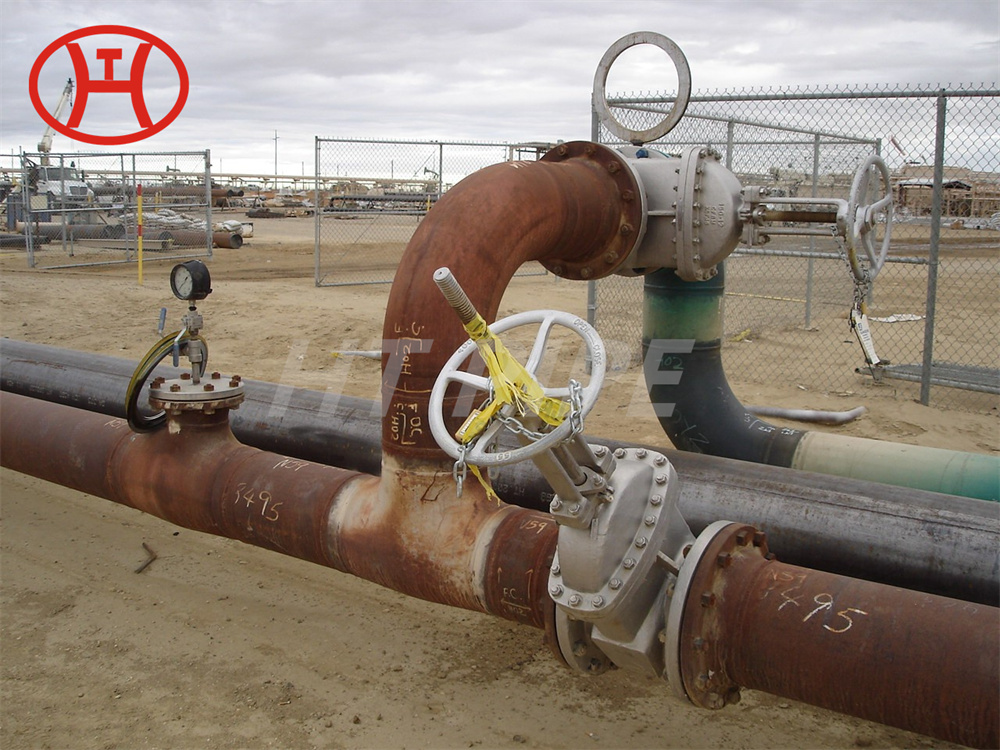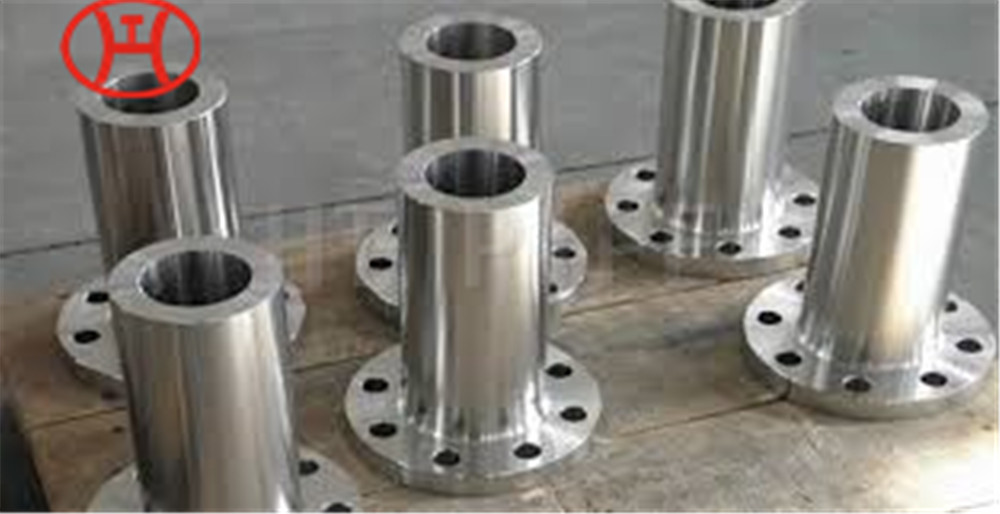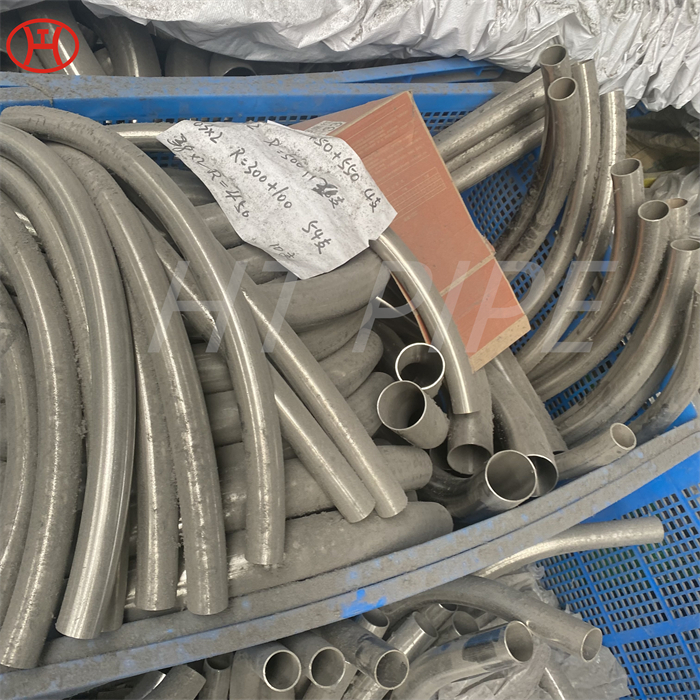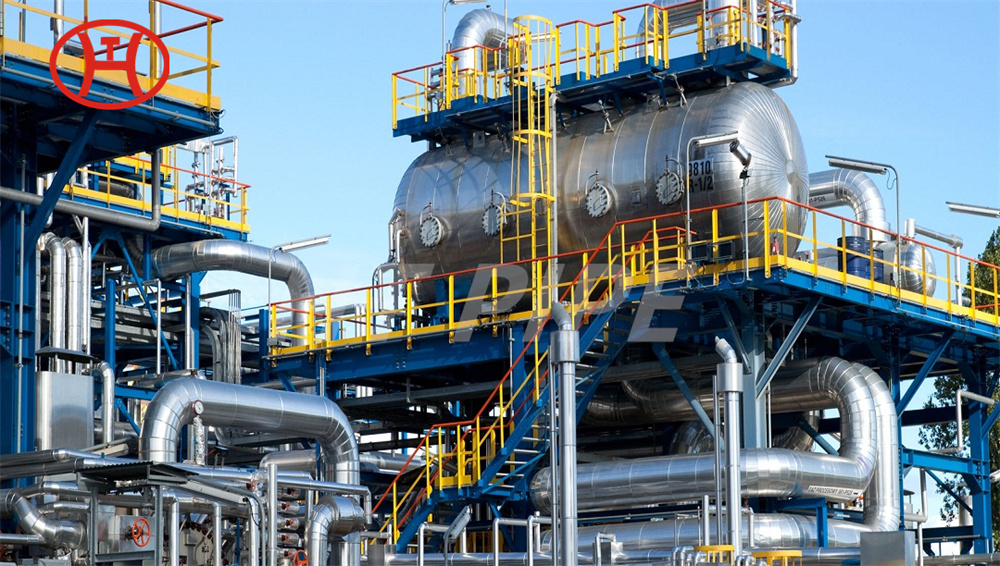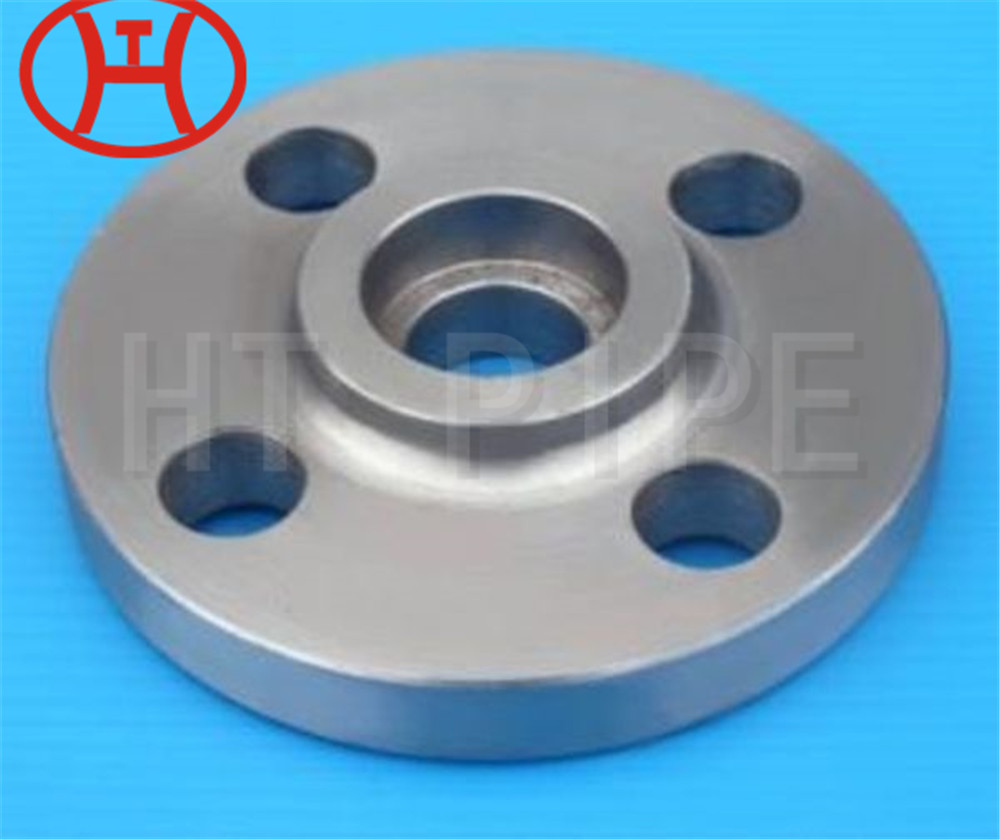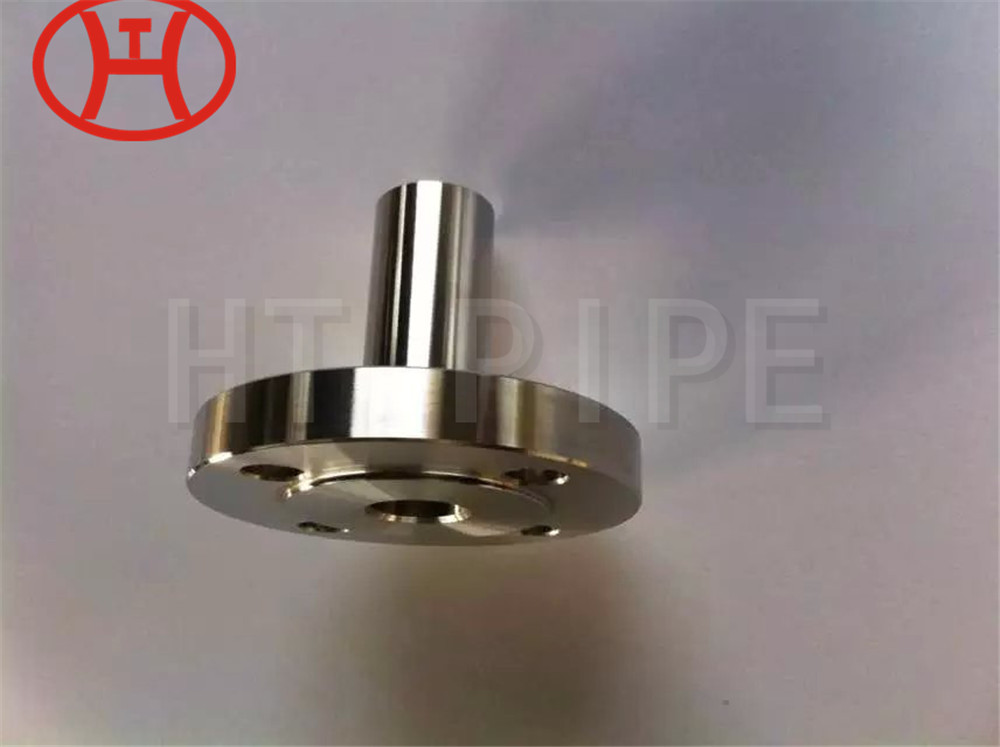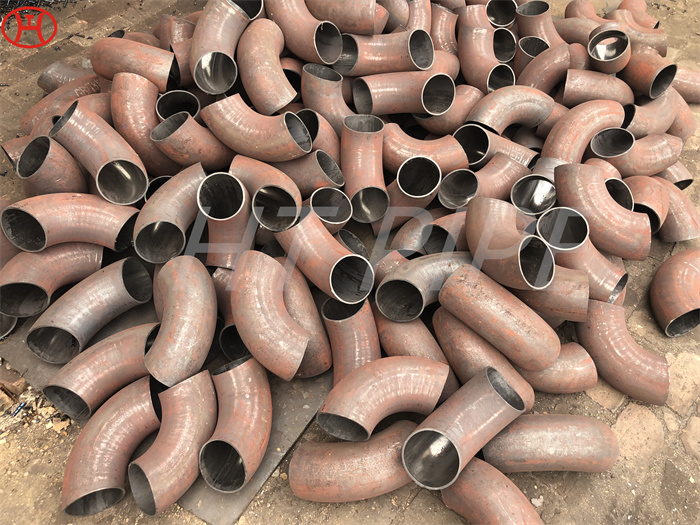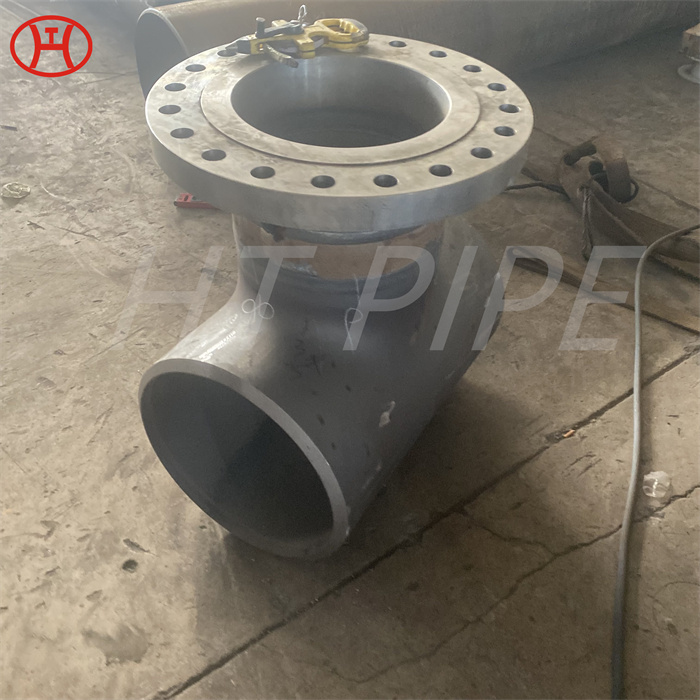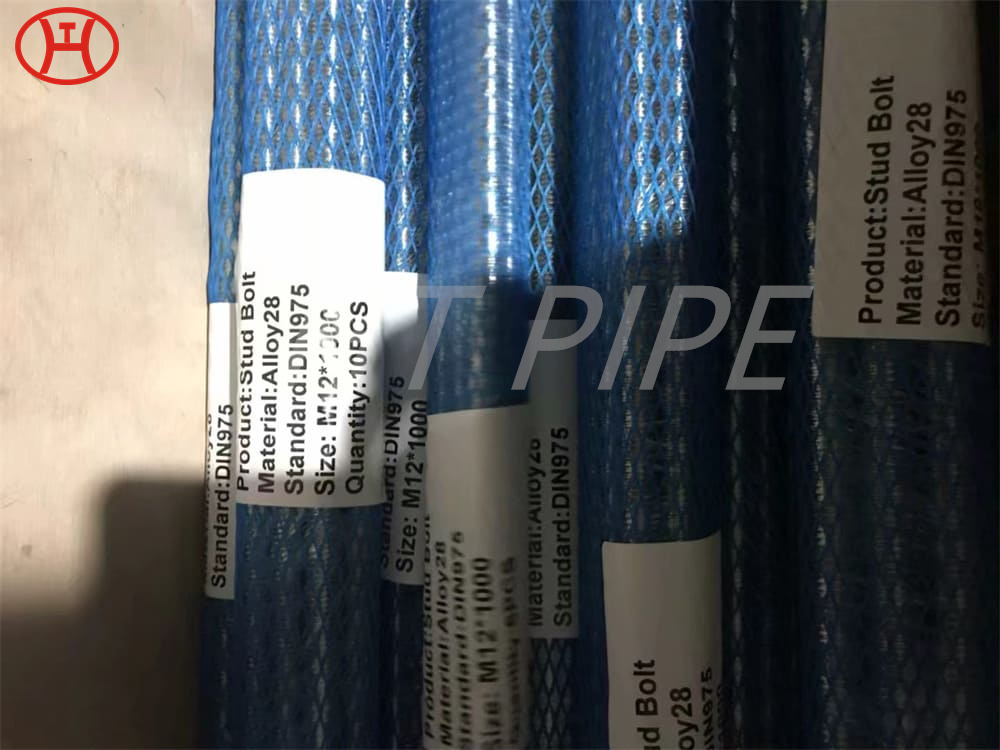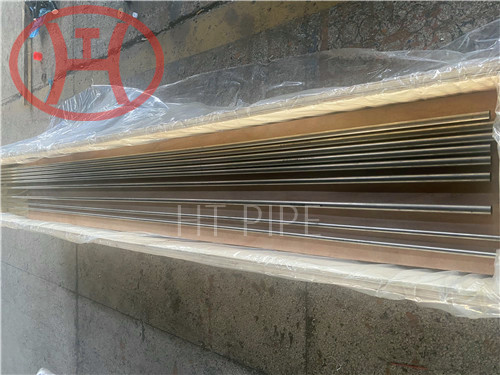Hastelloy B3 N10675 pipe bend compatible with a wide range of ferrous and non-ferrous materials
While fitting and sizing bent pipes might seem complex at first, a basic understanding of the measurements used make matching them to your existing system or integrating them into a new design straightforward.
According to the different manufacturing methods, the Hastelloy B3 pipe bend can be divided into three types, namely, the bending pipe, the punching pipe and the welded pipe. ASME B16.49 standard covers design, material, manufacturing, testing, marking, and inspection requirements for factory-made Hastelloy B3 pipeline bends of carbon steel materials having controlled chemistry and mechanical properties, produced by the induction bending process, with or without tangents. Which can be divided into two types of bending bending and bending. When the stainless steel tube for bending the pipe along the longitudinal direction under pressure, leading to pipe wall thickness of the pipe is shortened, the lateral pipe subjected to tensile, elongation, wall thinning and tube; center without force, deformation will not occur.









































































































